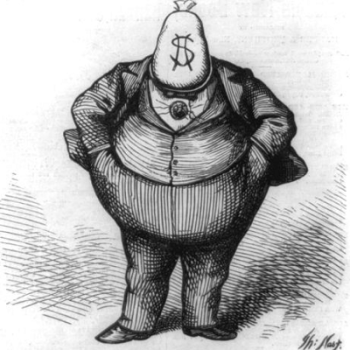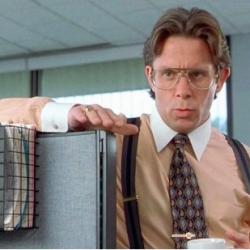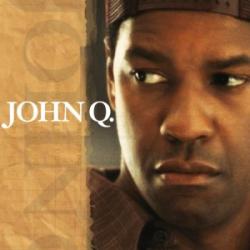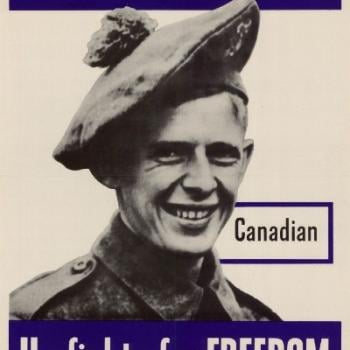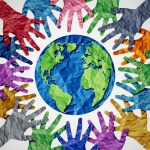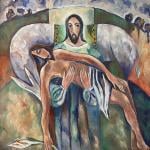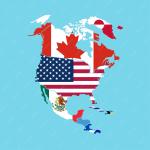John Lewis’s … personal courage and sacrifice are so immense, and so many people are indebted to him, including me, that Rush Limbaugh really shouldn’t utter his name, unless it is to pay him the deep respect that he deserves.
Oh, no — Rush Limbaugh was foolish enough to mention John Lewis? Apparently, yes, the conservative talk radio blowhard was trying to defend an unlimited right to guns by saying that if nonviolent activists like John Lewis had been carrying guns, things would have gone differently on the march to Selma. “If John Lewis had had a gun, would he have been beat upside the head on the bridge?” Limbaugh said.
BooMan quotes from a history of Lewis’ courageous actions that day on the Pettus Bridge:
On March 7, 1965 — a day that would become known as “Bloody Sunday” — Lewis and fellow activist Hosea Williams led over 600 marchers across the Edmund Pettus Bridge in Selma, Alabama. At the end of the bridge, they were met by Alabama State Troopers, who ordered them to disperse. When the marchers stopped to pray, the police discharged tear gas and mounted troopers charged the demonstrators, beating them with night sticks. Lewis’s skull was fractured, but he escaped across the bridge, to a church in Selma. Before he could be taken to the hospital, John Lewis appeared before the television cameras calling on President Johnson to intervene in Alabama.
Scenes of the violence, and of the injured John Lewis, were broadcast around the world, and outraged public opinion demanded that the President take action. Two days later, Dr. King led 1,000 members of the clergy on a second march from Selma to Montgomery, with the eyes of the world watching. A week and a day after Bloody Sunday, President Johnson appeared before a joint session of Congress to demand passage of the Voting Rights Act, empowering the federal government to enforce the voting rights of all Americans. The passage of the voting rights act finally brought the federal government into the struggle, squarely on the side of the disenfranchised voters of the South.
BooMan concludes by saying:
To call [Lewis] the greatest living American would not be hyperbole, for who would we put before him?
He accomplished through peaceful means what years of armed struggle would never have achieved. … He’s a giant who doesn’t get the credit he deserves simply because he wasn’t martyred and because he’s too humble to demand it.
That humility, and that greatness, were on display in the statement John Lewis himself offered in response to Limbaugh’s remarks:
Our goal in the Civil Rights Movement was not to injure or destroy but to build a sense of community, to reconcile people to the true oneness of all humanity. African Americans in the ‘60s could have chosen to arm themselves, but we made a conscious decision not to. We were convinced that peace could not be achieved through violence. Violence begets violence, and we believed the only way to achieve peaceful ends was through peaceful means. We took a stand against an unjust system, and we decided to use this faith as our shield and the power of compassion as our defense.
And that is why this nation celebrates the genius and the elegance of Martin Luther King Jr.’s work and philosophy. Through the power of non-violent action, Dr. King accomplished something that no movement, no action of government, no war, no legislation, or strategy of politics had ever achieved in this nation’s history. It was non-violence that not only brought an end to legalized segregation and racial discrimination, but Dr. King’s peaceful work changed the hearts of millions of Americans who stood up for justice and rejected the injury of violence forever.
That’s via David Frum, who adds: “Lewis resisted the temptation to add the question: ‘I wonder what Rush Limbaugh would say about a black protester who actually did fire upon state troopers and sheriff’s deputies?'”
At Crooks & Liars, Jon Perr fills in another part of this story in, “The Lesson of Selma for John Lewis? Love, Not Guns.”
The vicious attack on the Pettus Bridge was not the first time Lewis had been beaten while he worked nonviolently for justice. Four years earlier, as a Freedom Rider, his skull was broken during a beating in a whites only bus-station waiting area. Decades later, he would learn the name of the man who had beaten him that day, Elwin Wilson:
In February 2009 — 48 years after Lewis sustained a fractured skull in the assault — his attacker, Elwin Wilson, came forward and apologized to Georgia Congressman Lewis. As ABC News reported:
“I’m so sorry about what happened back then,” Wilson said breathlessly.
“It’s OK. I forgive you,” Lewis responded before a long-awaited hug.
For Lewis, who in the intervening years became a U.S. representative from Georgia, the apology was an unexpected symbol of the change in time and hearts.
“I never thought this would happen,” he told GMA. “It says something about the power of love, of grace, the power of the people being able to say, ‘I’m sorry,’ and move on. And I deeply appreciate it. It’s very meaningful for me.”
And later, Perr writes, Lewis said this in an appearance alongside Wilson on CNN:
He said he wanted to apologize, that he was sorry, and I said, “I forgive you.” And I don’t have any bitterness or hatred, because it was in keeping with what we believed in, that we should have that we should have the capacity and the ability to forgive, that love is much stronger than hate. And it was very moving and touching for me for him to come to Washington and say, “I’m sorry for what I did.”



